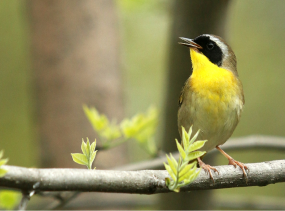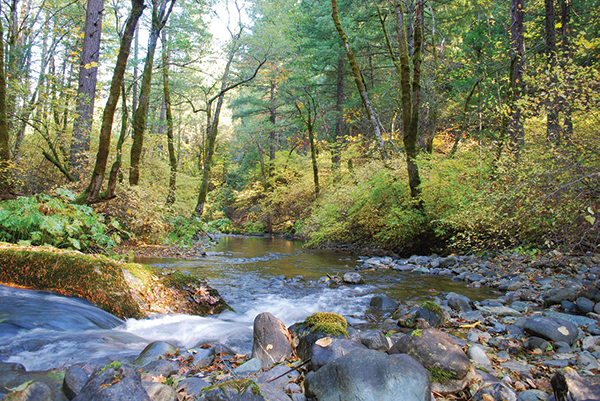A Guide to Teaching and Learning About Forests
PLT’s Forest Literacy Framework translates the language of forests and sustainable forest management into concepts for everyone at any age. The framework offers 100 forest concepts for grades K-12, organized into the following four themes:
- What is a forest?
- Why do forests matter?
- How do we sustain our forests?
- What is our responsibility to forests?
Whether you are a teacher interested in connecting your students to the trees in your schoolyard, or a forest professional looking for guidance on community outreach to youth, including career days or field site visits, this Forest Literacy Framework helps to lay out age-appropriate concepts, knowledge, and skills surrounding forests and related topics. The framework presents a conceptual structure to increase people’s understanding of forests and it empowers them to take actions that benefit forests and all of us.
There are several options to engage. Have a look to decide which way(s) work best for you:
Download the Forest Literacy Framework |
BY GRADE LEVEL
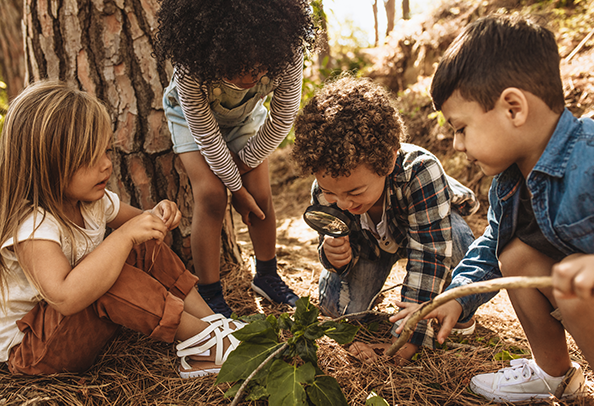
Kindergarten-2 (Ages 5-8)
Primary students are active explorers and are naturally curious about their world. They learn best through direct discovery with hands-on experiences that engage the five senses. During the primary years, students develop the ability to approach the world logically, and their capacity to use abstract reasoning increases.
Students in urban and suburban areas may never have seen a forest in person and may have preconceived notions about forests based on things like stories or movies. At this level focus on the following concepts:
- What is a forest?
- Who lives in forests?
- How do forests help us?
- What can we do to help forests?
SAMPLE ACTIVITIES
Here are some examples of forest concepts and activities that are appropriate for primary students:
- Plant a Tree: Work with students to carry out a tree planting project. Find this activity in PLT’s Learn about Forests toolkit. [Theme 3, B. Forest Management]
- Three Cheers for Trees: Explore the many things that that are made from trees and tree products. Find this activity in PLT’s Environmental Experiences for Early Childhood. [Theme 2, C. Economic Importance]
- A Tree’s Life: Student discover that trees have life stages that are similar to those of other living things. Find this activity in PLT’s Explore Your Environment: K-8 Activity Guide. [Theme 1, B. Trees as Part of the Forest]
REAL-WORLD CONNECTIONS
Help primary students explore forests through read-aloud books, such as:
- Seed School: Growing up Amazing! (Joan Holub)
- Welcome to the Neighborwood (Shawn Sheehy)
- Trout are Made of Trees! (April Pulley Sayre)
- In the Woods (David Elliott)
Download Forest Literacy Concepts for Grades K-2
3-5 (Ages 8-11)
Students in the intermediate years are interested in the natural world, how things are put together, and how things work. During this time, their intellectual capabilities expand greatly as they move from a focus on the here-and-now toward abstract thinking.
Students this age work well in groups and enjoy doing collaborative projects. They enjoy problem solving, sharing ideas and voicing opinions. They also want to be responsible members of the local community. At the intermediate level focus on the following concepts:
- What do forest organisms need to survive?
- How are forests and their inhabitants adapted to the climate and landscape?
- In what ways are forests important to the environment, economy, and society? How do forests contribute to our health?
- What can people do to take care of our forests?
SAMPLE ACTIVITIES
Here are some examples of forest concepts and activities that are appropriate for primary students:
- The Closer You Look: Challenge students to identify the names of trees in the schoolyard, in a park, or along a street. See PLT’s Family Activity The Closer You Look for more information. [Theme 1, B. Trees as Part of the Forest]
- Web of Life: By conducting research and modeling a food web, students take a close look at a forest ecosystem and discover ways that plants and animals are connected to one another. For more details, see the activity “Web of Life” in PLT’s Biodiversity Blitz for grades 3-5. [Theme 2, A. Environmental Importance]
- My Green Future: All kinds of people work in the forest—from foresters, to loggers, to scientists. This activity provides students with an overview of forest-related careers. For more ideas, see the activity “My Green Future” in PLT’s Explore Your Environment: K-8 Activity Guide. [Theme 3, B. Forest Management]
REAL-WORLD CONNECTIONS
Have a look at these conservation research projects that offer real-world connections to elevate student learning about forests.
- Join Nestwatch, a citizen science project developed by Cornell University in partnership with SFI. Students monitor bird nesting sites and build birdboxes using downloadable plans.
- Explore connections between sustainable forest management and conservation of important keystone species, using a fact sheet about the gopher tortoise from the Alabama Forestry Foundation.
- Consider how a changing forest can affect different wildlife habitat with SFI’s Species at Risk video.
Download Forest Literacy Concepts For Grades 3-5
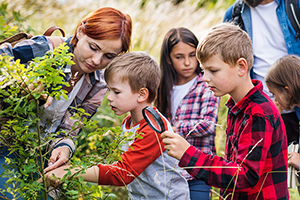
6-8 (Ages 11-14)
Middle school students are gaining a deeper sense of themselves as members of communities, including human and natural communities. They are becoming aware of how people’s actions impact others. Friends and relationships consume a lot of their thoughts and energy.
Students this age understand that problems have multiple solutions, and are able to see different perspectives on an issue. They should also be able to back personal opinions with evidence and to distinguish between opinion and fact. At the middle school level focus on the following concepts:
- What social, economic and environmental benefits do forests provide?
- How do we sustain forests and preserve the benefits they provide?
- What can individuals do to ensure the well-being of our forests?
SAMPLE ACTIVITIES
Here are some examples of forest concepts and activities that are appropriate for middle school students:
-
Tree Value: Students discover and analyze the many ecosystem services that trees provide incorporating the i-Tree Design software from U.S. Forest Service. Find this activity in PLT’s Teaching with i-Tree. [Theme 3, C. Forest Management Policy]
-
If You Were the Boss: Students play the role of forest manager for a 400-acre (162-hectare) public forest, exploring the complex factors that influence management decisions about forest lands. Find this activity in PLT’s Green Jobs: Exploring Forest Careers. [Theme 3, B. Forest Management]
-
Field, Forest, and Stream: Lead students on a field study of three different environments, such as a lawn, a stand of trees, and a pond or creek. Find this activity in PLT’s Explore Your Environment: K–8 Activity Guide. [Theme 1, C. Forests as Ecosystems]
REAL-WORLD CONNECTIONS
When working with high school students, ground classroom work and discussions in real-world conservation projects. Check out these articles that make great connections between forestry and related elements like water and wildlife:
- The Health of the Fraser River (Canadian Geographic)
- Working Forests at Work for Birds (ABC/SFI collaboration)
- Conservation Through Forest Certification to Help Species at Risk (SFI)
- The Power of Sustainable Forests (TED Talk by Kathy Abusow, SFI)
Download Forest Literacy Concepts for Grades 6-8

9-12 (Ages 14-18)
High school students are able to use sophisticated reasoning to understand difficult concepts, particularly when the learning context is familiar to them. Using forests as a context for learning is beneficial for students this age, as it provides them with a real-world basis for applying new knowledge.
Many high school students still have difficulty proposing explanations based on logic and evidence instead of on their prior conceptions of the natural world. Providing opportunities to collect evidence and develop explanations based on that evidence can help them develop this skill. At the high school level focus on the following concepts:
- What factors contribute to the biodiversity of different types of forests?
- How do people manage forests to achieve desired forest outcomes and ensure the sustainability of our forests?
- What role do foresters and natural resource professionals, governments, private companies, and individuals play in managing and sustaining our forests locally and globally?
- What career opportunities are available in the forest and conservation sector?
SAMPLE ACTIVITIES
Here are some examples of forest concepts and activities that are appropriate for high school students:
- Monitoring Forest Health: Through a variety of health indicators, learners assess the health of a forest area and see how soil scientists, wildlife biologists, arborists, and other forest professionals monitor forests. Find this activity in PLT’s Green Jobs: Exploring Forest Careers. [Theme 1, B. Trees as Part of the Forest]
- A Story of Succession: Study the process of succession, by reading about the reestablishment of ecological communities following the eruption of Mount St. Helens in 1980. Find this activity in PLT’s Focus on Forests Secondary Environmental Education Module. [Theme 1, C. Forests as Ecosystems]
- Day in the Life: The PLT Canada Day In The Life videos highlight 12 different career opportunities. Invite students to explore forest-related careers by conducting further research. Encourage them to find out what education, experience, skills, and personal qualities are required or helpful for their chosen career. [Theme 2, C. Economic Importance]
REAL-WORLD CONNECTIONS
When working with middle school students, ground classroom work and discussions in real-world conservation and education projects. Encourage students to deepen their understanding of forests and forest management by exploring resources such as:
- Go Inside the Carbon Vault: Why it’s Critical to Know What’s Beneath the Boreal Forest (Treehugger)
- Estimating Carbon Sequestration in Wetlands (Ducks Unlimited Canada – National Boreal Program)
- Project Showcase: Managing Our Forests for Carbon (American Forests)
- Why Use the SFI Logo (SFI)
Download Forest Literacy Concepts for Grades 9-12
HOT TOPICS
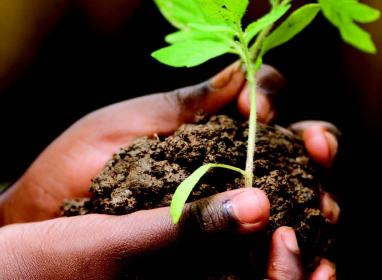
PUBLIC HEALTH
Forests and trees supply an abundance of ecosystem services that help create healthy environments and restore ecosystems.
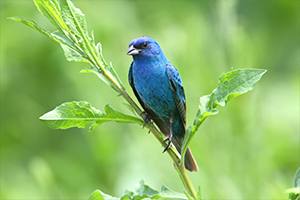
CLIMATE CHANGE
Climate change is one of our most pressing global challenges, and sustainably managed forests can help us address it.

URBAN FORESTS
Urban forests provide key ecosystem services, like purifying water and air, that are essential to healthy human communities.
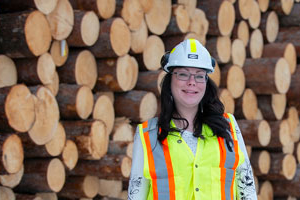
GREEN JOBS
Green jobs are rewarding careers that also help instill a passion for the outdoors.
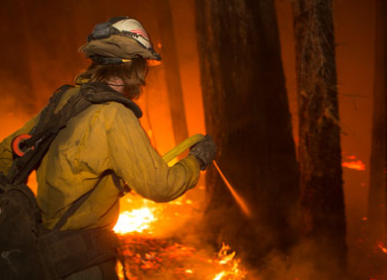
WILDFIRE
Vigorous and healthy forests are more likely to withstand the effects of wildfire.
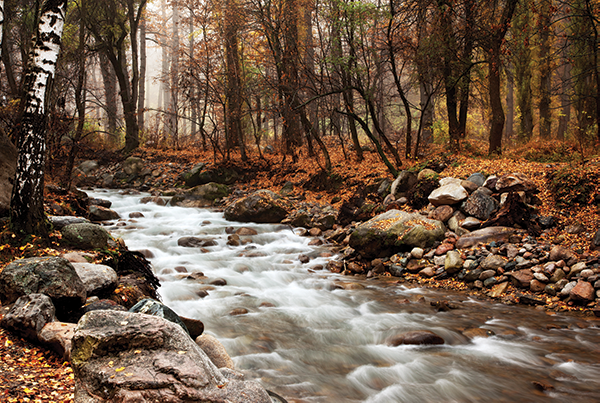
INDIGENOUS CONNECTIONS TO LAND
Native Americans and Indigenous Peoples are leaders in sustainable forest management and place-based traditional knowledge.
THEMES

DEFINING FORESTS
Defining forests helps people appreciate its diverse ecosystems.

SUSTAINABLE MANAGEMENT
Forests are sustained through a variety of partnerships.



